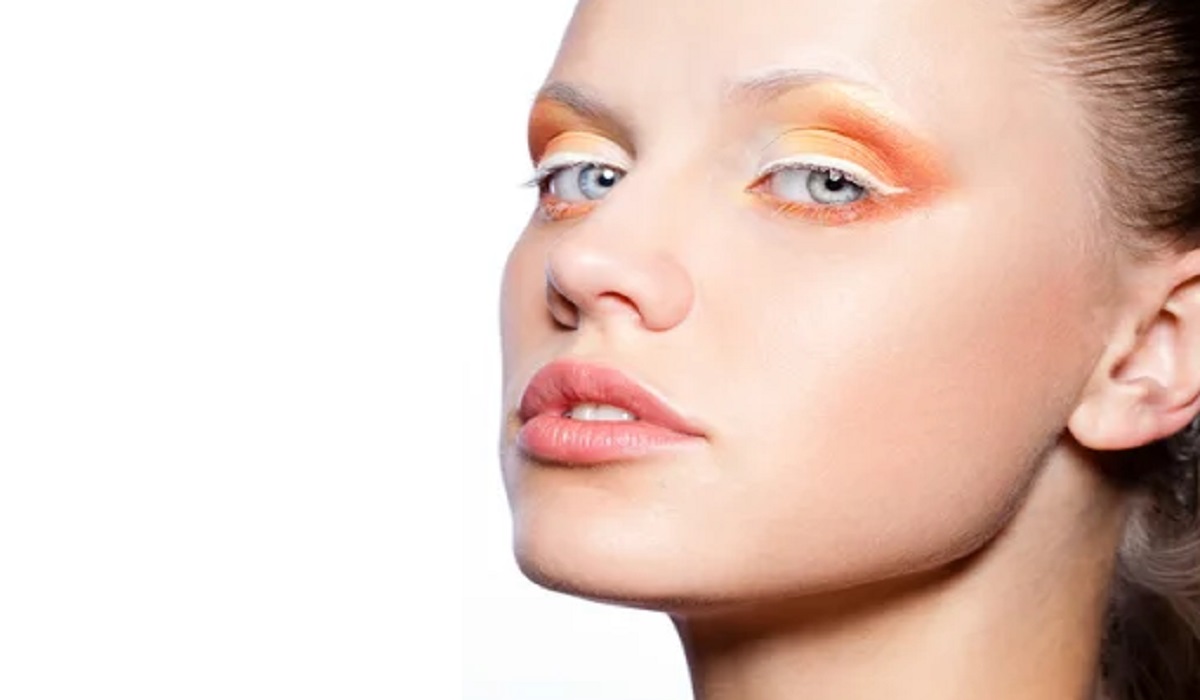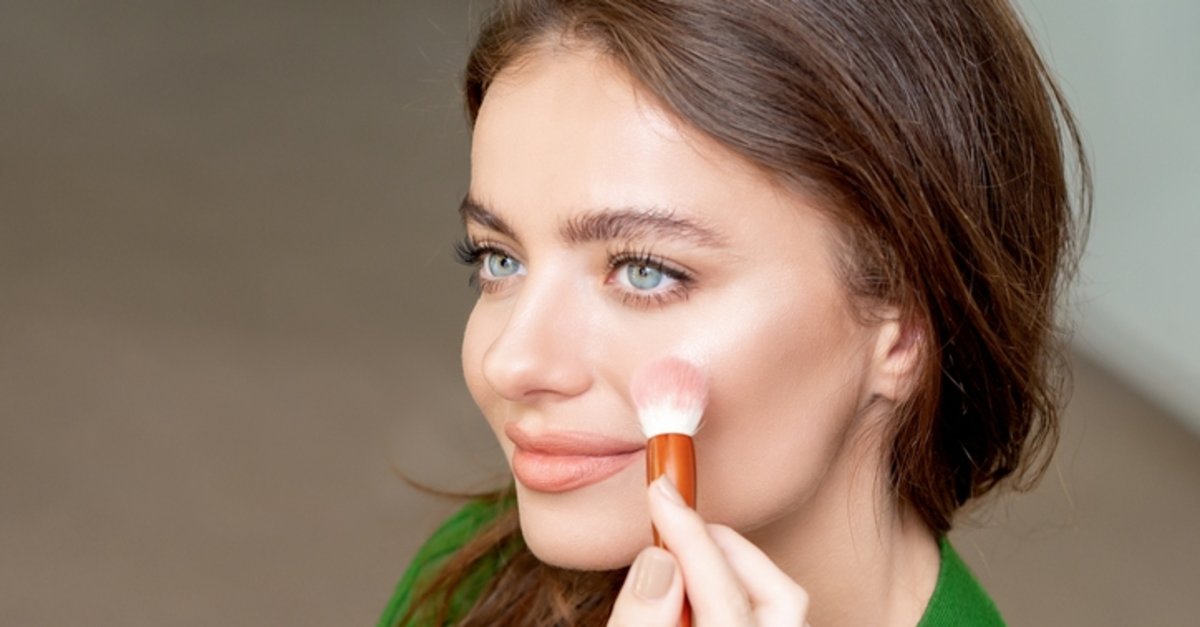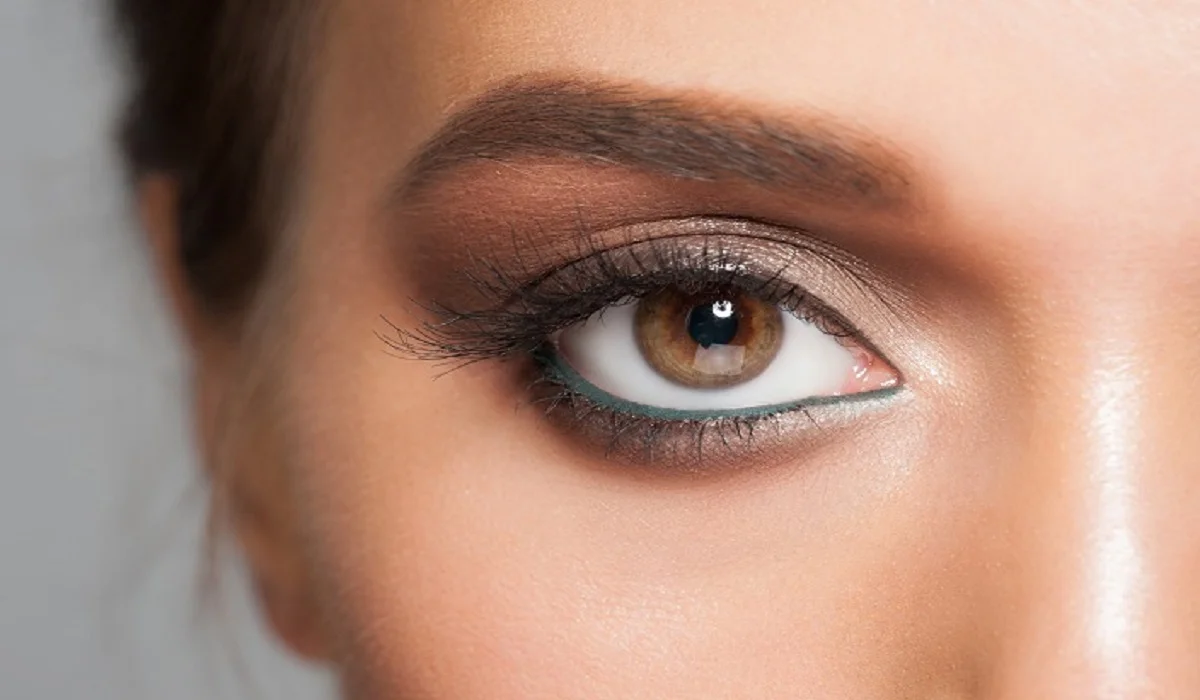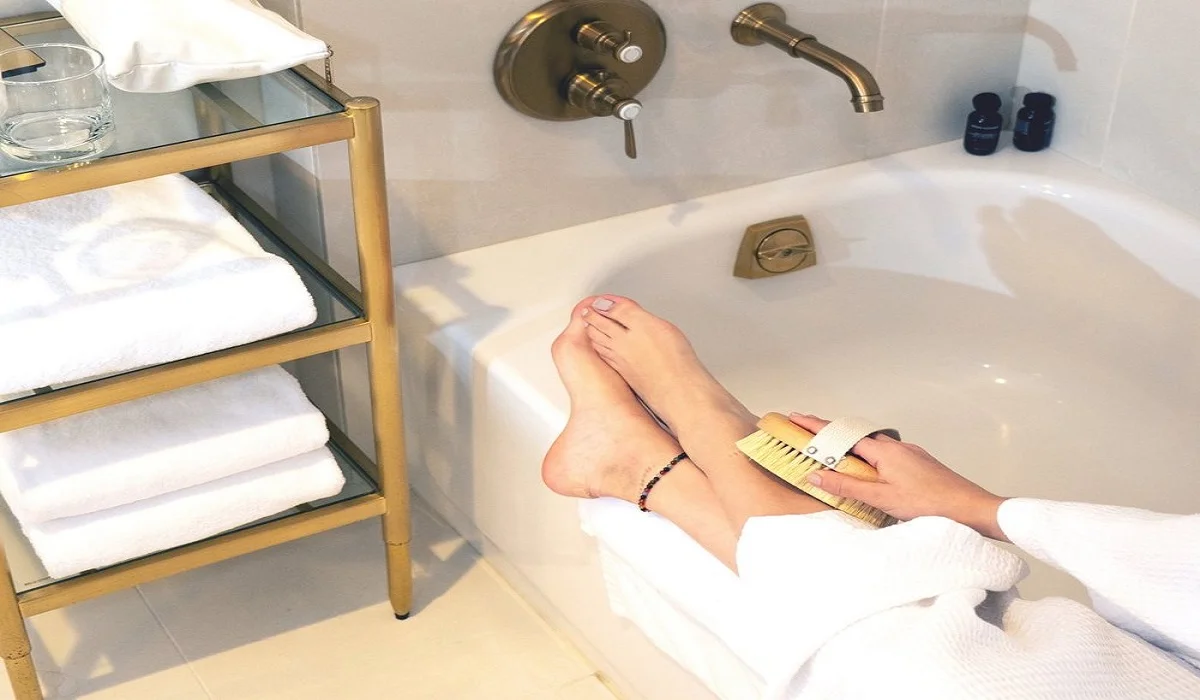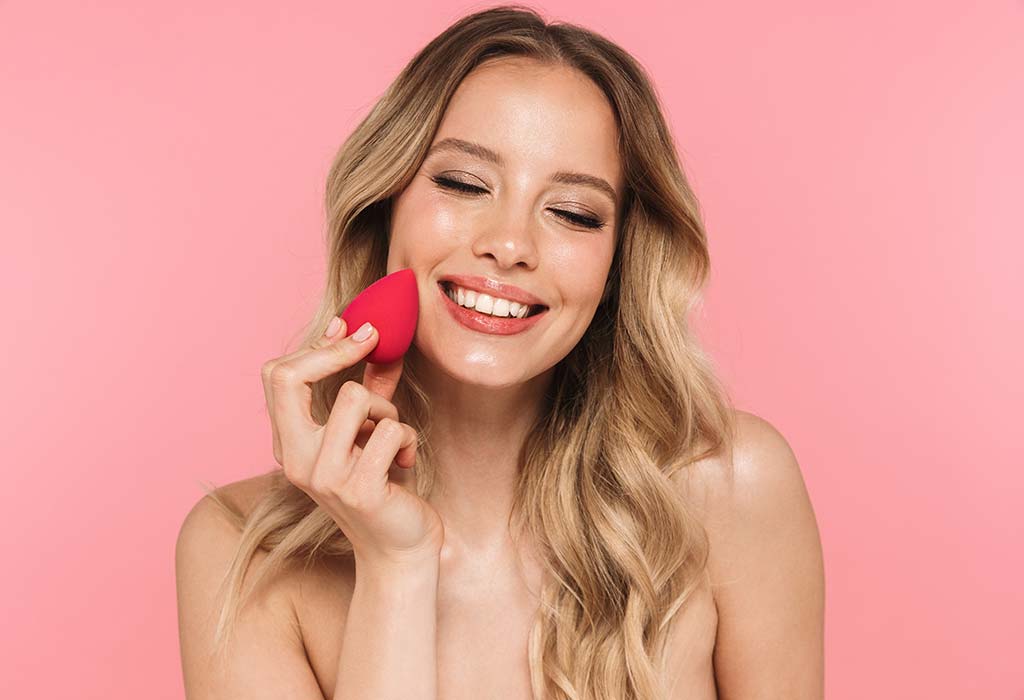
Matte foundation is a popular makeup product that can help create a flawless, shine-free complexion. However, if you have dry skin, applying matte foundation can be challenging. The wrong application technique can make your skin look flaky, cakey, and accentuate dry patches. In this article, we will discuss how to apply matte foundation if you have dry skin, including tips and tricks to help you achieve a beautiful, long-lasting matte finish.
Start with a Good Moisturizer
Before applying any makeup, it’s essential to prepare your skin by moisturizing it. When you have dry skin, it’s crucial to choose a rich, hydrating moisturizer that will help plump up your skin and create a smooth canvas for your foundation. Look for moisturizers that contain ingredients like hyaluronic acid, glycerin, and ceramides that can help retain moisture and prevent water loss. Apply the moisturizer to your face and neck and wait a few minutes for it to fully absorb into your skin before applying foundation.
Prime Your Skin
After moisturizing, apply a primer to your face. Primers can help smooth out your skin, blur imperfections, and create a barrier between your skin and the foundation. When you have dry skin, look for a hydrating primer that contains ingredients like glycerin or dimethicone that can help lock in moisture. Avoid primers that contain alcohol or fragrances that can further dry out your skin. Apply the primer evenly to your face, focusing on areas where you have dry patches.
Choose the Right Foundation
When you have dry skin, it’s essential to choose a matte foundation that is specifically designed for dry skin types. Look for foundations that are labeled as “demi-matte” or “natural matte” that have a satin-like finish rather than a completely flat, matte finish. These types of foundations can help control shine while still providing a natural-looking finish that won’t accentuate dry patches. Avoid foundations that are labeled as “matte” or “powder” as these can be too drying for dry skin.
Apply Foundation with a Damp Sponge
One of the best ways to apply matte foundation if you have dry skin is with a damp makeup sponge. Dampening the sponge can help prevent the foundation from clinging to dry patches and provide a more natural-looking finish. Start by dabbing a small amount of foundation onto the sponge, then apply it to your face using a bouncing motion. This technique can help blend the foundation seamlessly into your skin and prevent it from settling into fine lines or wrinkles.
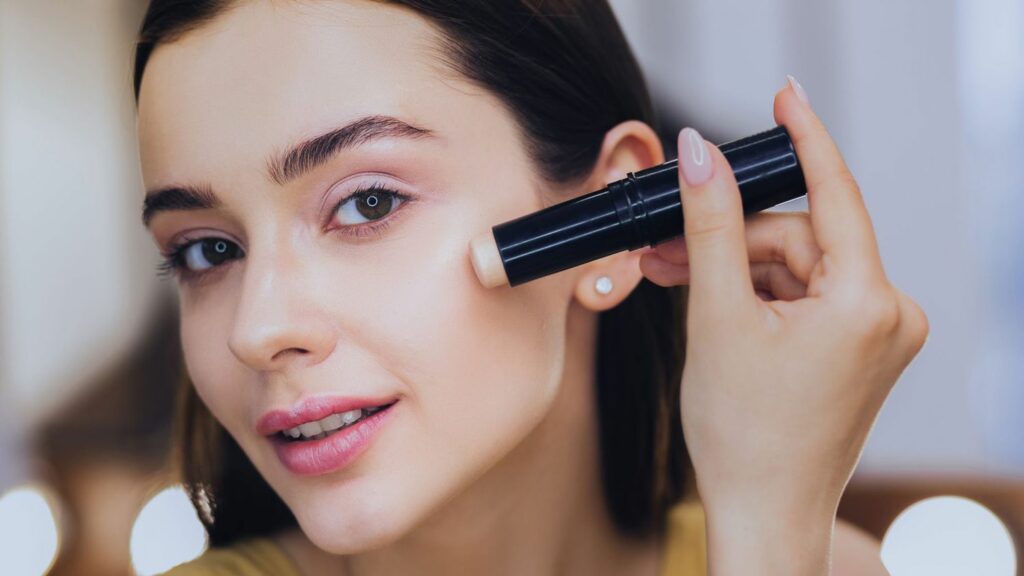
Build Up the Coverage
When applying matte foundation to dry skin, it’s better to build up the coverage gradually than applying too much product at once. Start with a thin layer of foundation and gradually build up the coverage until you achieve your desired level of coverage. This technique can help prevent the foundation from looking too heavy or cakey, which can be a common problem when applying matte foundation to dry skin.
Set with Powder
After applying your matte foundation, it’s essential to set it with a translucent powder. Setting the foundation can help prevent it from transferring and increase its longevity. When you have dry skin, it’s crucial to choose a finely milled powder that won’t settle into fine lines or accentuate dry patches. Look for powders that contain ingredients like silica or mica that can help blur imperfections without drying out your skin. Apply the powder using a large fluffy brush and lightly dust it over your face.
Use a Setting Spray
After setting your foundation with powder, finish off your makeup look by using a setting spray. Setting sprays can help lock in your makeup, prevent melting or fading, and provide a natural-looking finish. When you have dry skin, look for setting sprays that contain ingredients like glycerin or hyaluronic acid that can help hydrate your skin and prevent it from looking dry or dull. Spray the setting spray over your face in a sweeping motion, holding the bottle about 8 to 10 inches away from your face.
Touch Up Throughout the Day
Even with the best application techniques, your makeup can still fade or wear off throughout the day, especially if you have dry skin. To keep your matte foundation looking fresh and flawless, carry a compact powder and a makeup sponge with you for touch-ups. Use the sponge to pat the powder onto any areas that have become shiny or oily, and blend it seamlessly into your skin.
Take Care of Your Skin
Lastly, to achieve a beautiful and long-lasting matte finish, it’s essential to take care of your skin. When you have dry skin, it’s crucial to follow a skincare routine that includes moisturizing, exfoliating, and protecting your skin from the sun. Use gentle cleansers and avoid over-exfoliating or using harsh products that can further dry out your skin. Additionally, make sure to drink plenty of water and eat a healthy, balanced diet to nourish your skin from the inside out.
In conclusion, applying matte foundation to dry skin can be challenging, but with the right application techniques and products, you can achieve a flawless, long-lasting matte finish. Remember to moisturize your skin, prime it with a hydrating primer, choose the right foundation, apply it with a damp sponge, build up the coverage gradually, set it with a finely milled powder, use a setting spray, touch up throughout the day, and take care of your skin. With these tips and tricks, you can enjoy a beautiful, matte complexion without compromising the health and hydration of your skin.


